How Will Climate Change Impact Plankton?
A global plankton survey aims to help us understand how the tiny organisms that live at the ocean surface will fare in a warming world
/https://tf-cmsv2-smithsonianmag-media.s3.amazonaws.com/filer/3b/6a/3b6aff9e-1fa4-4a8f-ad9d-9bc8b6fcb381/tara11hr_edit.jpg)
A lot of life happens at the ocean's surface. Millions of organisms inhabit the sunlit water, and they are far more diverse than scientists even imagined. In a series of studies in last week's issue of Science, researchers report the results of the first global survey of plankton — the miniature animals, algae, bacteria and viruses that live float in the open sea. The data will help scientists better understand the lives of plankton and how plankton communities will respond to a changing climate.
Sailing aboard the research schooner Tara, an international team sampled planktonic life from across the globe for four years. They took a census of local communities, discovered new organisms and observed how these tiny life forms interact, as Claire Ainsworth reports for Nature. The scientists also sequenced the plankton's genes and measured their biological diversity. In short, the dataset is massive and will help researchers understand the largely mysterious inner lives of plankton. Here are a few of the tiny critters they encountered along the way:
Many of these organisms serve as food sources for bigger organisms, like fish. Marine phytoplankton also fixes about half the carbon dioxide that gets released into Earth's atmosphere. For this reason, some have suggested manipulating plankton to stem global warming, and it's not a totally crazy idea, as David Biello wrote for Aeon last year.
Plankton is our planet’s most prolific life form, and the food it generates makes up the base layer of the global food chain. The variety of shapes among plankton species shames plants on land, showing more range in size than the difference between moss and redwood trees. There are more plankton cells in the sea than our current count of stars in the entire universe. Indeed, it is precisely this abundance that leads Smetacek to suspect that plankton could be used to change Earth’s environment.
But how will plankton themselves fare in a warmer world? Scientists actually don't know enough about plankton to fully answer that question. Oceans absorb most of the heat produced from greenhouse gas build up, and temperature is only projected to increase. A September 2014 study suggested that increased water temperature might cut plankton populations by messing with natural cycles of nitrogen, carbon and phosphorus. But that work is based in computer modeling, and without a full picture of plankton ecosystems, it's unclear how things might truly play out.
One of the Tara studies also found that temperature is actually the driving factor behind the genetic diversity in these ecosystems. "That means that at the surface layer, for example, geographic distance has less impact on the community composition than temperature," said biologist Peer Bork, one of the co-authors of the work, at a press conference. Different proteins might be needed to exist at different temperatures, so messing with those temperature norms could put some plankton at risk.
The research confirms that climate change will have a huge impact on plankton, but scientists still don't know what exactly that impact will look like. On the plus side, now that researchers know what normal plankton communities look like all over the world, they'll be able to tell if something is out of whack in the future.
Either way, humans may feel the effects down the food web. Less plankton makes for less food for fish and less fish for us.
/https://tf-cmsv2-smithsonianmag-media.s3.amazonaws.com/accounts/headshot/Screen_Shot_2014-01-27_at_12.05.16_PM.png)
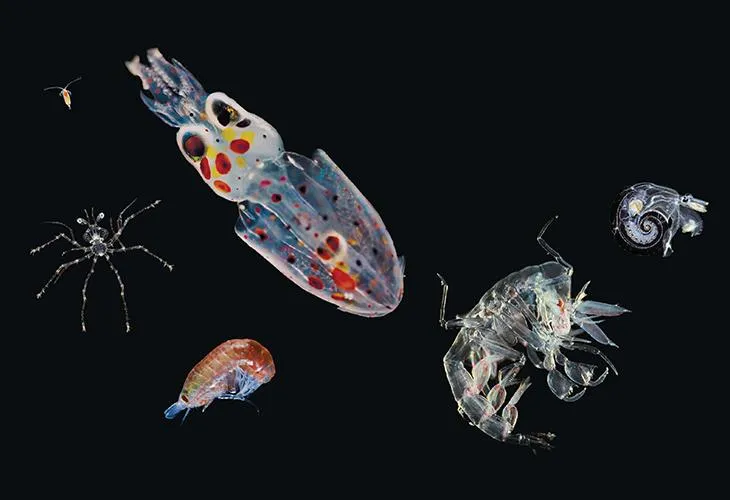
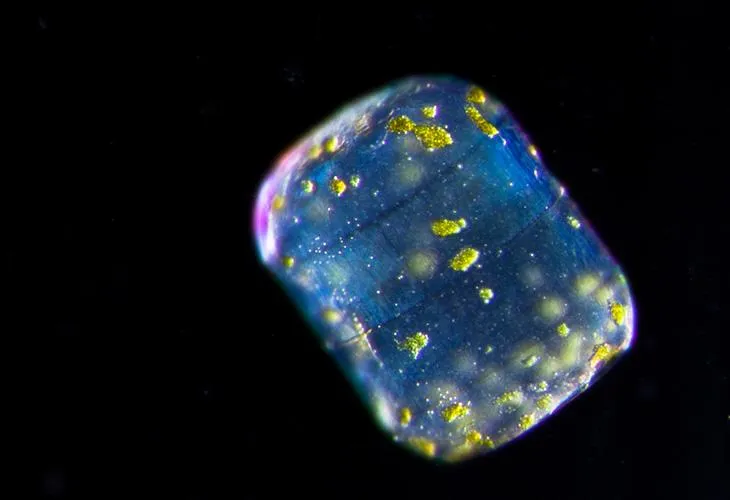
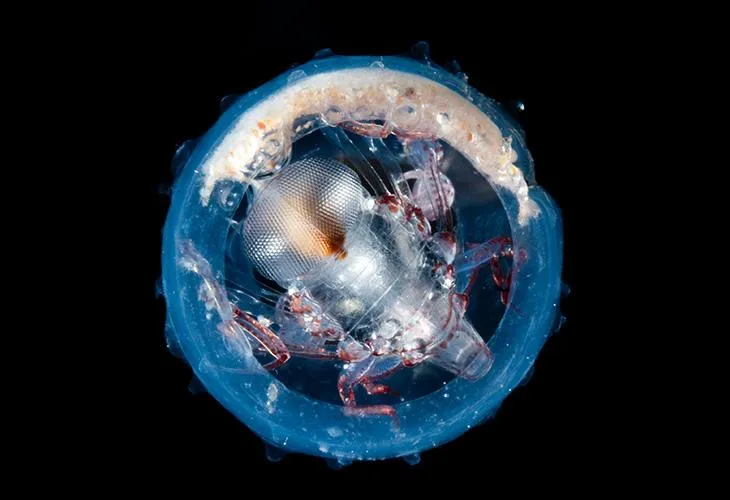
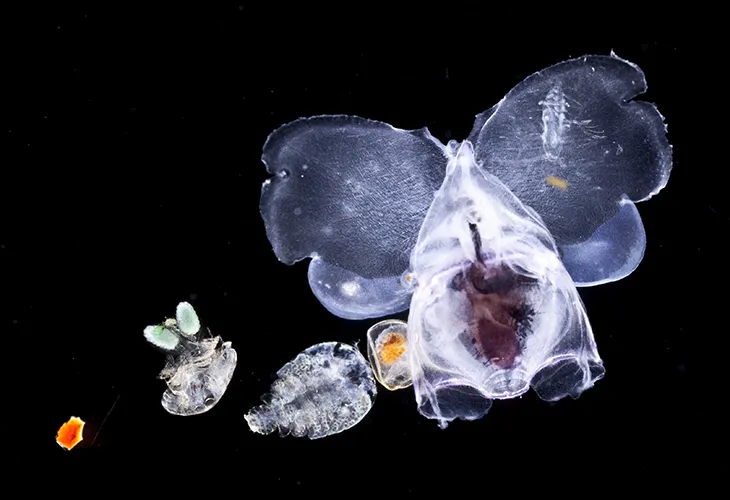
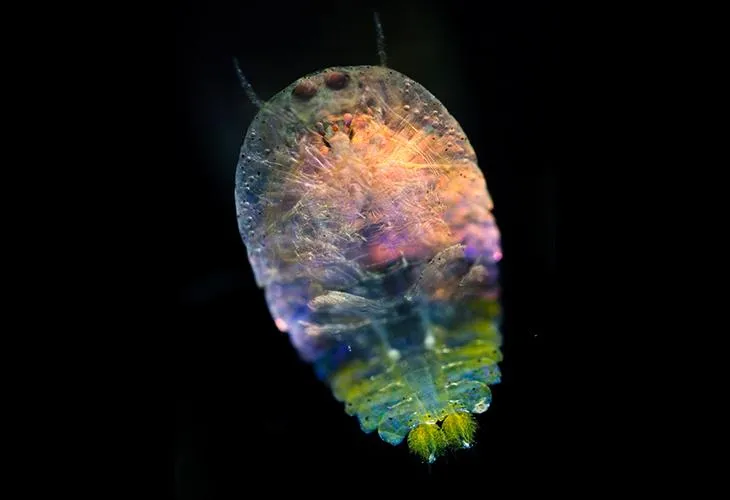
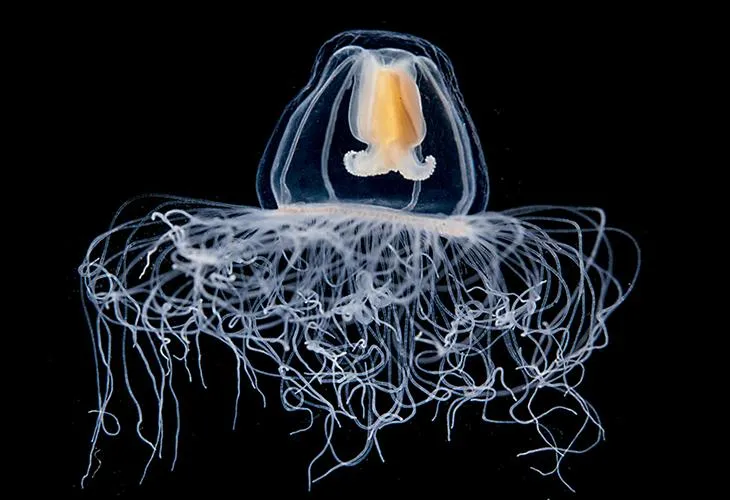
/https://tf-cmsv2-smithsonianmag-media.s3.amazonaws.com/accounts/headshot/Screen_Shot_2014-01-27_at_12.05.16_PM.png)